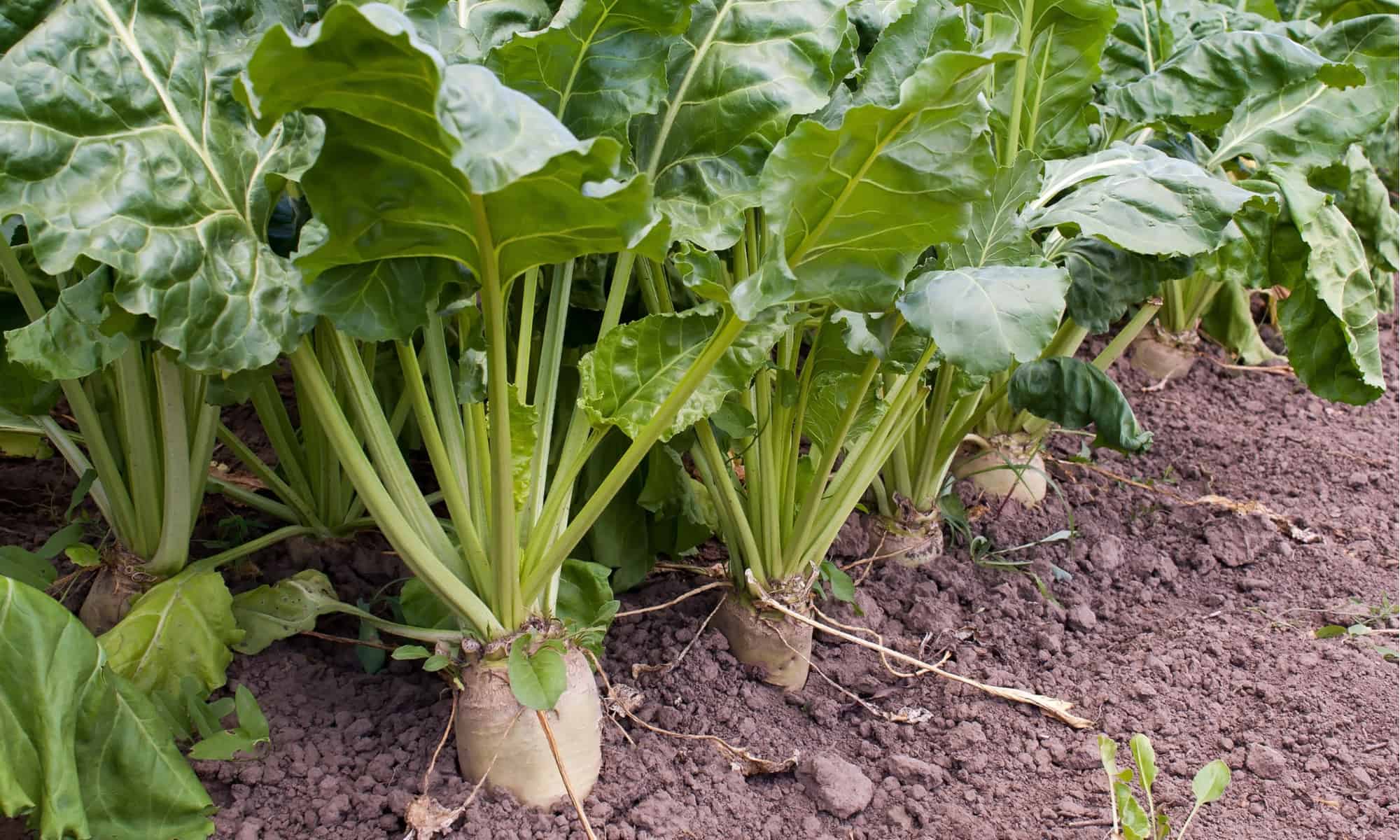Understanding beet sugar vs cane sugar helps buyers make educated choices about their sugar preferences.
Understanding beet sugar vs cane sugar helps buyers make educated choices about their sugar preferences.
Blog Article
Discovering the Differences being used and Advantages In Between Beet Sugar Vs Cane Sugar
In the culinary world, the selection in between beet sugar and cane sugar is not simply about sweetness but involves a nuanced consideration of flavor, application, and effect. While both sugars stem from different plants, each undergoes unique manufacturing procedures that subtly affect their features and viability for various dishes.
Beginnings and Production Processes of Beet and Cane Sugar

Cane sugar, on the other hand, comes from the sugarcane plant, a tropical yard native to Southeast Asia yet currently cultivated in tropical areas worldwide. The manufacturing of cane sugar starts with the harvesting of cane stalks, which are crushed to release the juice. This juice is after that steamed to concentrate it, after which it is rotated in centrifuges to generate raw sugar crystals. These crystals are further refined to produce the white sugar commonly offered in stores.

Nutritional Content and Health Considerations

When comparing the nutritional web content of beet sugar and cane sugar, it ends up being apparent that both kinds basically offer the exact same calorie worths, with around 16 calories per tsp and no substantial nutrient diversity. Both sugars, when consumed in excess, can contribute to elevated blood sugar degrees, a risk element for diabetes mellitus and other metabolic problems. From a health viewpoint, regulating intake of any kind of type of sugar, whether from beet or cane, is advisable to avoid these prospective adverse impacts on well-being.
Flavor Accounts and Culinary Applications
Despite their similar chemical structures, beet sugar and cane sugar differ discreetly in flavor, which can affect their usage in different cooking contexts. Walking cane sugar commonly lugs a tip of molasses, also in its polished type, offering a cozy, caramel-like undertone that enhances baked items, coffee, and chocolate-based dishes. On the various other hand, beet sugar is identified by its highly fine-tuned, neutral preference, making it a functional sugar that does not modify the taste accounts of meals.
Ecological Impact and Sustainability
While both beet and cane sugars are obtained from plants, this content their environmental impacts vary considerably due to the distinct techniques of farming and handling required for each. Sugar beet cultivation often includes considerable automation, which can enhance fossil fuel intake and carbon exhausts.
Additionally, the handling of sugarcane commonly creates a substantial quantity of waste, consisting of bagasse, which, although functional as biofuel, regularly adds to air pollution if shed inefficiently. Sugar beet handling uses more of the raw products, leading to less waste. Both markets deal with obstacles in lowering their environmental footprints, yet recurring developments in agricultural methods and waste monitoring are intending to boost sustainability.
Economic Elements Influencing the Sugar Market
The economic characteristics of the sugar industry are substantially influenced by international market demands and profession policies. In regions where sugarcane or sugar beet production is subsidized, producers might have an economic benefit that enables them to offer lower costs on the worldwide market.
Furthermore, changes in global demand for sugar, influenced by nutritional trends and commercial use in food, straight influence prices and production levels. beet sugar vs cane sugar. Climate condition likewise play a crucial duty, as they can significantly affect plant returns and, consequently, the supply chain. This variability introduces visit the site a level of financial uncertainty that can result in financial investment volatility in sugar production fields, affecting choices from growing to market look at this now method
Final Thought
Finally, both beet and cane sugar have distinct high qualities that suit different cooking requirements. While cane sugar imparts a rich taste suitable for boosting baked items, beet sugar's nonpartisanship is ideal for lighter dishes. Nutritional resemblances regardless of, their unique production procedures and environmental impacts include complexity to the selection in between them. Therefore, comprehending these differences aids chefs and customers make notified decisions that straighten with their health and wellness, culinary, and moral choices.
Report this page